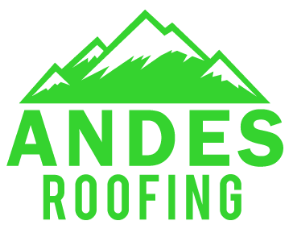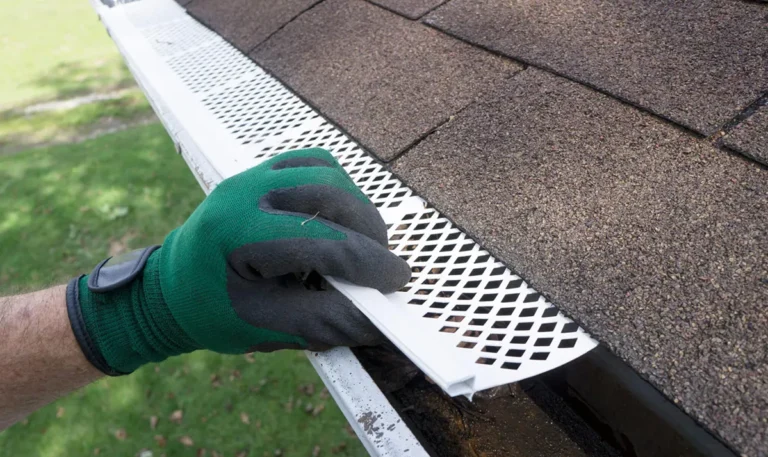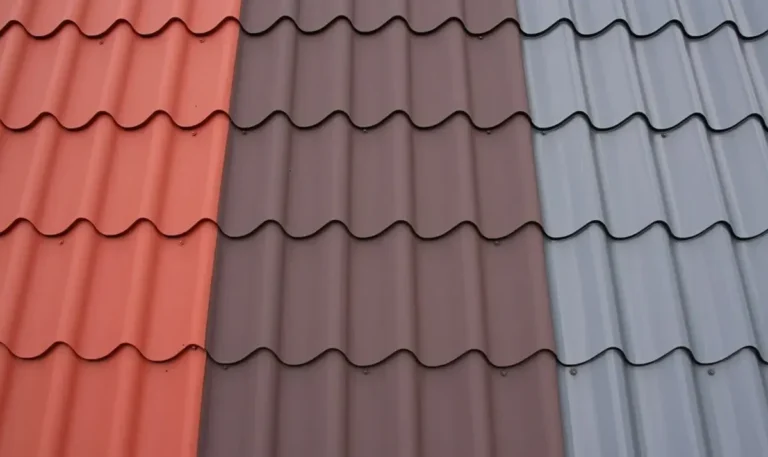Your home’s siding is designed to last for a long time. The average vinyl siding can last around 30-40 years. Maintaining it could increase your siding’s lifespan to another 20 years.
Despite its durable nature, there comes a time when it’s time to replace your siding. You might need to replace it because your current siding is old or outdated. There are countless options available, including vertical vs horizontal siding.
It can be challenging to know what’s the right option for your home. This guide will discuss the two siding types, including their pros and cons. Make the right choice for your home.
What Is Horizontal Siding?
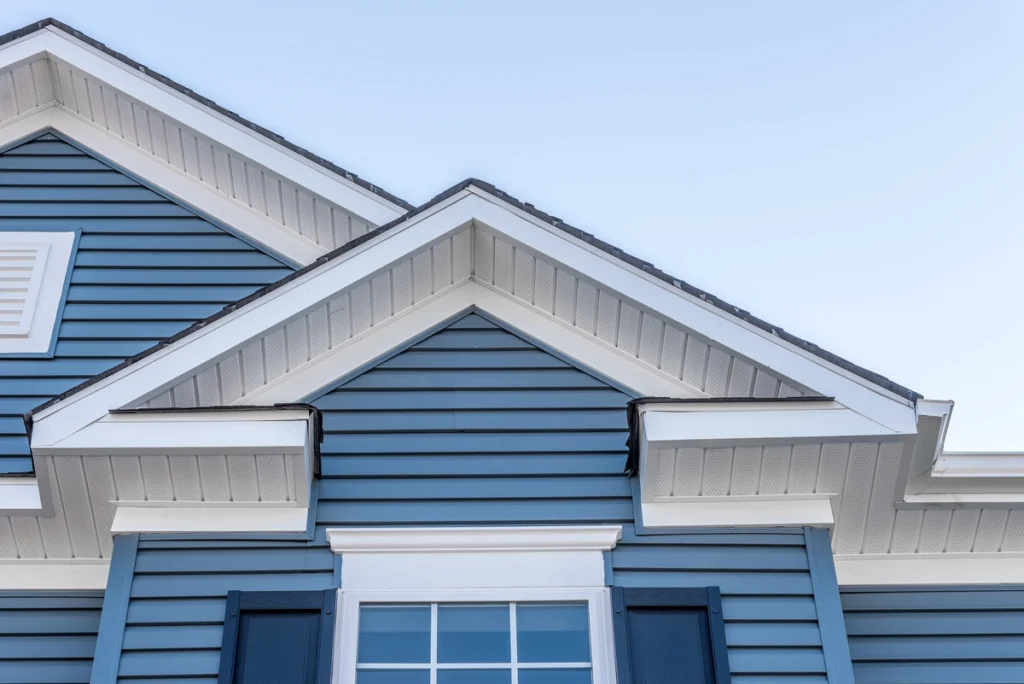
Horizontal siding is sometimes called lap siding. The exterior boards in this type of siding get hung horizontally. Many homes use this type of siding on their exterior.
This type of siding comes in a wide range of materials, such as:
- Metal
- Fiber cement
- Vinyl
- Wood
What Are the Advantages of Horizontal Siding?
Horizontal siding is considered a traditional option. There are a few different pros that this siding offers homeowners.
Classic Appearance
Horizontal siding is considered traditional because it’s been used for a long time. It was around during the period when transporting products via ships was the main mode of transportation. That’s how “shiplap” siding got its name.
This kind of siding also looks great with other horizontal materials, like asphalt shingles.
Cost-Effective
Horizontal siding is less expensive than other options because it’s so common. You don’t have to pay a higher cost because the materials are in demand.
Easier to Install
Other types of siding require more materials and labor to install. Not with horizontal siding. You can pay less overall for the project because it doesn’t take as long to complete.
What Are the Disadvantages of Horizontal Siding?
You should keep these cons of horizontal siding in mind when making your selection. An experienced siding installation company can advise you on what the best option is for your home.
Susceptible for Water Damage
Water can leak into the siding edges when it rains, causing moisture to build up if it’s not aired out. This damage can infiltrate your entire home once it gets into the siding strips.
Boards Can Warp
Horizontal siding boards can warp if they are installed incorrectly. This can also occur if low-quality products were used. Warping can also create more pockets for water to accumulate.
Challenging to Clean
Horizontal siding comes with ridges that run from left to right. Dirt and grime can gather along these ridges, making the siding difficult to clean. You also have to be careful when you clean your siding so moisture doesn’t gather in between the boards.
What is Vertical Siding?
Another term you might’ve heard for vertical siding is board and batten. This type of siding is comprised of short-width boards that get installed in the upright position. Vertical siding has increased in popularity over recent years and is considered more modern than horizontal siding.
While becoming more common in residential areas, you’ll typically find vertical siding on the following types of buildings:
- Barns
- Educational facilities
- Office buildings
What Are the Advantages of Vertical Siding?
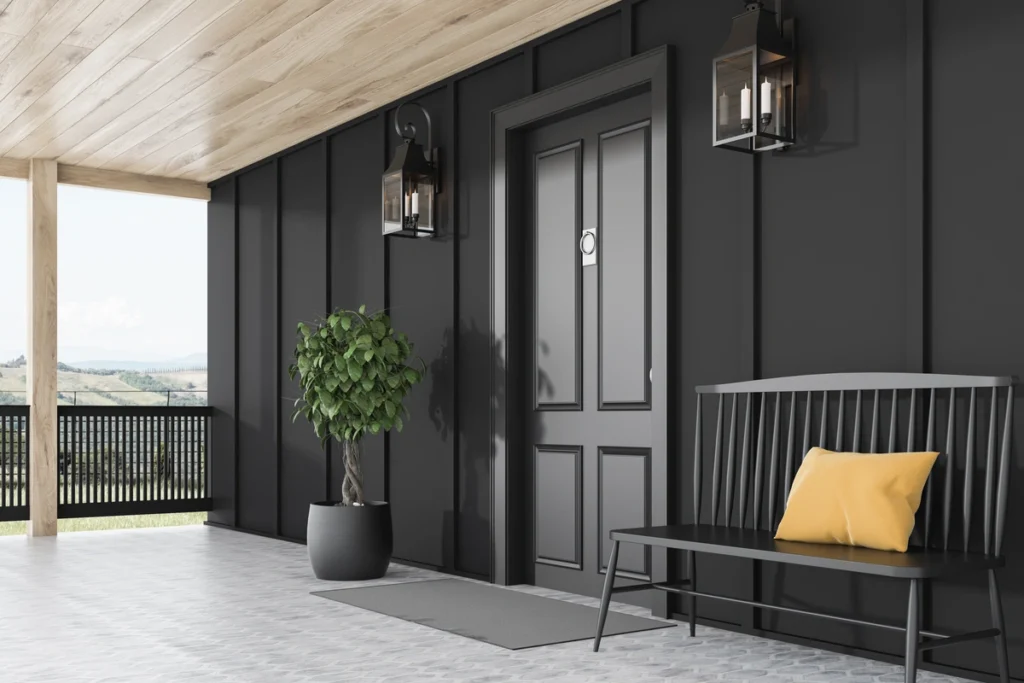
Buildings with vertical siding stand out from other structures around them. There are many pros you can experience by opting for this kind of siding.
It’s Trendy
Vertical siding is considered fashionable. Your home will be unique if you opt for it. While not all design trends are built to last, this type of siding has already stood the test of time.
Avoid Water Damage
When installed correctly, vertical siding is very water resistant. That’s because the water slides down the siding strips instead of getting caught in between them. Since they’re laid vertically, water doesn’t pool in the slats.
Easy to Maintain
Vertical siding is easy to maintain and keep clean. You can use the following tools to keep it free from dirt and grime:
- Hose
- Soft scrub brush
- Mild soap
What Are the Disadvantages of Vertical Siding?
Partnering with an experienced siding installer is key to reducing the impact of the cons of vertical siding. Let’s talk about some of the most common ones.
Lengthy Installation Time
One of the top disadvantages is that vertical siding takes a long time to install. It requires more labor than horizontal siding installation.
Furring strips have to get installed between each piece of siding. The addition of these strips adds not only to the project’s timeframe but overall cost.
Higher Cost
As we mentioned, vertical siding is more expensive than horizontal siding. Other factors that can affect the cost include:
- Home size
- Old siding removal
- Permits
- Type of siding selected
Difficulty With Resale
Vertical siding gives your home a unique feel. However, not every homeowner likes how it looks. The siding might deter prospective homeowners when it comes time to sell.
Vertical Vs Horizontal Siding — What’s the Right Choice?
The answer to this question primarily boils down to your style preferences. If you don’t like how vertical siding looks, you’ll want to go with horizontal. There are a few things to keep in mind when making your decision if you like both options.
Think About Your Budget
As we mentioned earlier, vertical siding is more expensive than horizontal siding. Get a quote for both options from a siding contractor. See which one falls in line with what you can afford to spend.
Brainstorm the Vision for Your Home
Look at other homes, either in your neighborhood or online, to see what type of siding they have. Show these examples to your siding contractor. They’ll help you select the best option based on what you want your home to look like.
Increase the Value of Your Home With New Siding

It can be challenging to decide whether vertical vs horizontal siding is best for you. New siding is an investment. You want to ensure you make the right choice for you and your house.
If you need assistance upgrading your home, including your roof, Andes Roofing is here to help. Our roofing contractors have years of experience. Contact us to learn more.
